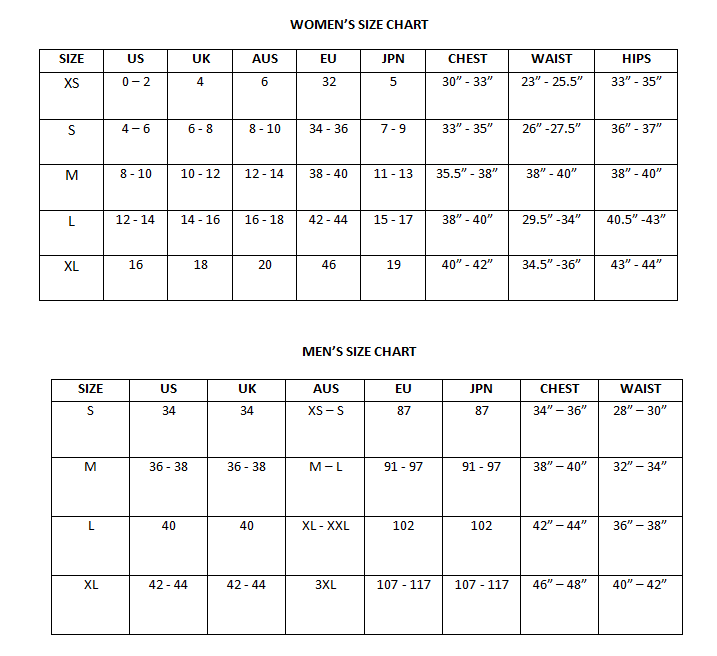FREE SHIPPING
Free shipping on all US order or order above $200

All orders shipped with UPS Express.
Always free shipping for orders over US $250.
All orders are shipped with a UPS tracking number.
Items returned within 14 days of their original shipment date in same as new condition will be eligible for a full refund or store credit.
Refunds will be charged back to the original form of payment used for purchase.
Customer is responsible for shipping charges when making returns and shipping/handling fees of original purchase is non-refundable.
All sale items are final purchases.
Give us a shout if you have any other questions and/or concerns.
Email: [email protected]
Phone: +1 (23) 456 789
| Common name | Pitcher Plant |
|---|---|
| Species | Nepenthes ventricosa |
| Germination | Nepenthes seeds should be started on chopped live sphagnum moss in very damp but not wet conditions. It is best to spray the sown seeds with a fungicide. Cover the top of the pot with clear plastic so the humidity will remain high, place them in an area with real nice strong light and keep the temperature between 13-17øC at nights and 23-29øC the days. When you see some tiny plants starting to sprout, slowly open the top of the pot, a little each day, so that the new seedlings don't go into shock from the humidity being lowered too quickly. Germination usually occurs in a few months, but it can take longer, sometimes nothing can happen for a year, don't give up. Make sure that it gets good air circulation. |
| Price View | Price Range |
Free shipping on all US order or order above $200
Contact us 24 hours a day, 7 days a week
Simply return it within 30 days for an exchange.
We ensure secure payment with PEV